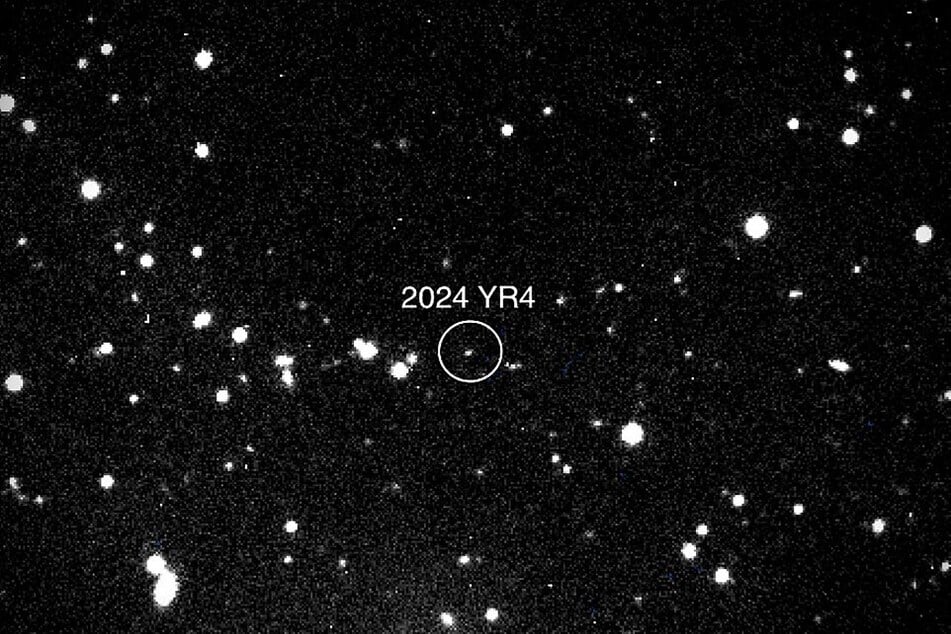NASA updates earthlings on odds of "city-killer" asteroid strike in 2032
La Cañada Flintridge, California - The chance that an asteroid capable of wiping out a city will hit Earth in eight years has been cut in half to around 1.5%, according to new calculations from NASA.

The drop in odds had been widely anticipated by the global astronomical community, which now broadly expects the probability the asteroid will hit Earth on December 22, 2032, to fall down to zero.
For more than 24 hours, the asteroid did have the highest probability of hitting Earth – 3.1% – of such a big space rock in modern forecasting.
Updated calculations posted by NASA late Wednesday said the odds of a direct hit had fallen to 1.5%.
The European Space Agency's separate calculations plunged to 1.38%.
Richard Moissl, head of the ESA's planetary defense office, told AFP this had been expected as the "uncertainty region" where the asteroid could strike starts to "slip off" Earth.
The percentage chance will likely still "wiggle slightly up and down a bit" but is now expected to soon fall below 1%, he added.
It is not clear whether that will happen before the James Webb Space Telescope turns its powerful gaze to the asteroid next month.
Will the asteroid hit the Moon?
There is still an 0.8% chance that the asteroid will hit the Moon, according to NASA.
The asteroid, which is known as 2024 YR4, was first detected in December. It is estimated to be around 130-300 feet wide, which would not cause a global catastrophe but would still be capable of causing significant destruction to a city.
The last time an asteroid of greater than 98 feet in size posed such a significant risk was Apophis in 2004, when it briefly had a 2.7% chance of striking Earth in 2029 – a possibility later ruled out by additional observations.
Cover photo: HANDOUT / NASA/MAGDALENA RIDGE 2.4M TELESCOPE/NEW MEXICO INSTITUTE OF TECHNOLOGY/RYAN / AFP